Undergraduate Research Halls Open in Terrell, Owen Libraries, Grand Opening Nov. 8
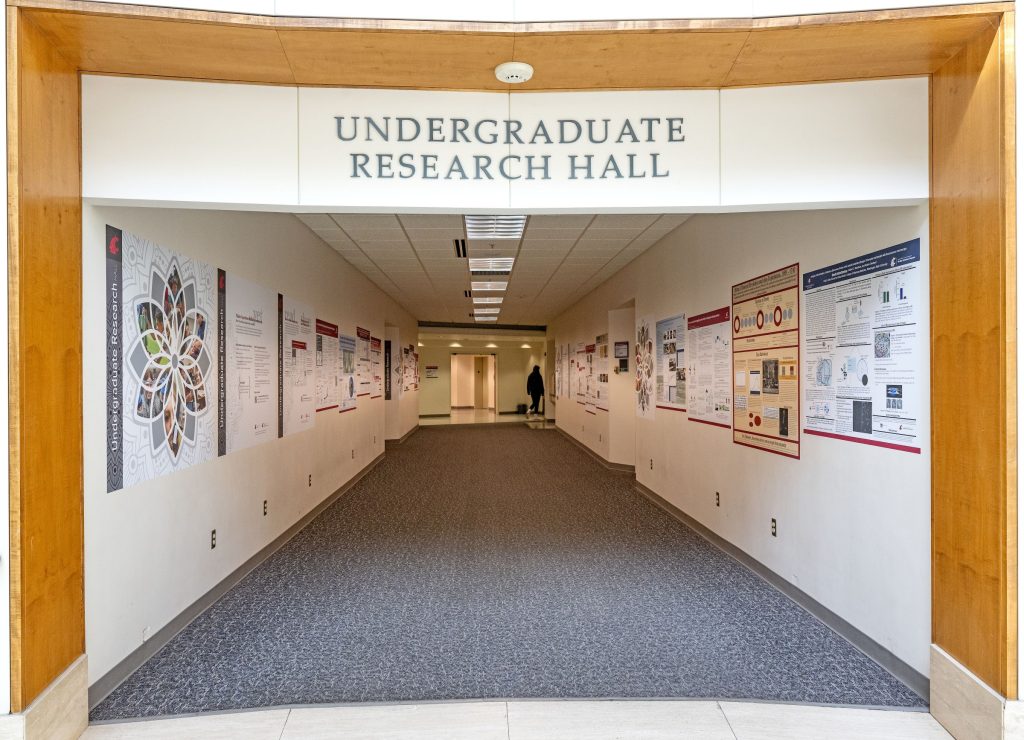
When newly minted Washington State University graduate Jasper Willson brainstormed ideas for her Honors College thesis, someone asked her what she would do if she could work on any project. As a multimedia journalism major, Willson wanted to focus on video production, she said, and she had always wanted to make a video of the trees she had loved since fourth grade, the coastal redwoods.
The result is a 10-minute documentary, “Forest on Fire: A Documentary about the Changing Relationship of Fire in the Sequoia Ecosystem.” Shot in California and narrated by Willson, the video features lush forest visuals and interviews with experts from Sequoia and Kings Canyon National Parks, the U.S. Geological Survey, the University of Arizona, and the Hoopa Valley Tribe discussing how fire affects the coastal redwood and the giant sequoia ecosystems. These environments have very different relationships with fire, and each has changed since pre-colonization.
Willson presented a research poster about her film at last March’s Showcase for Undergraduate Research and Creative Activities (SURCA) during WSU Showcase, earning a Crimson Award in the arts and design category.
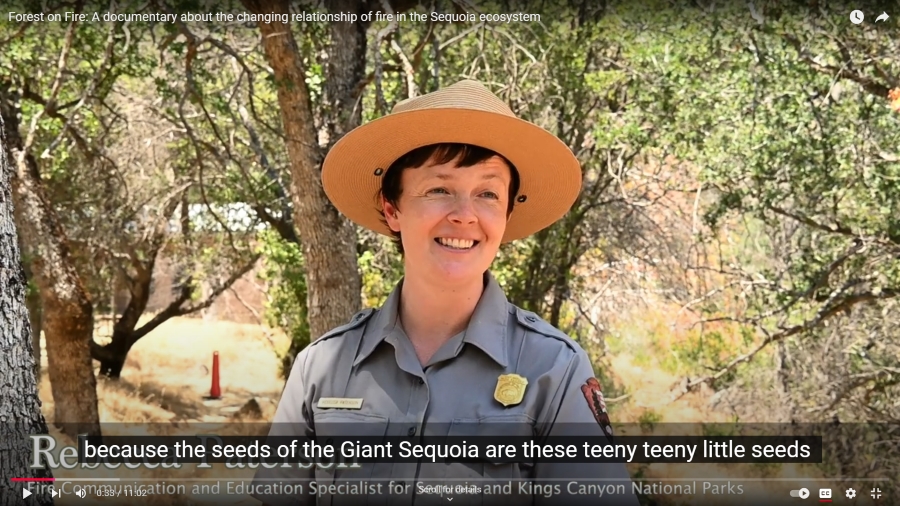
Her poster and others showing undergraduate research across many majors now reside in Terrell and Owen Libraries’ new Undergraduate Research Halls. The poster galleries are a collaboration between WSU Libraries and the WSU Office of Undergraduate Research (OUR).
A grand opening is planned from 3:30-5 p.m. Friday, Nov. 8, in the Terrell Library atrium. Guest speaker is WSU alum Julian Reyes (‘10 bachelor’s degree and ‘18 doctorate, civil engineering), U.S. Bureau of Land Management Climate Adaptation Program lead.
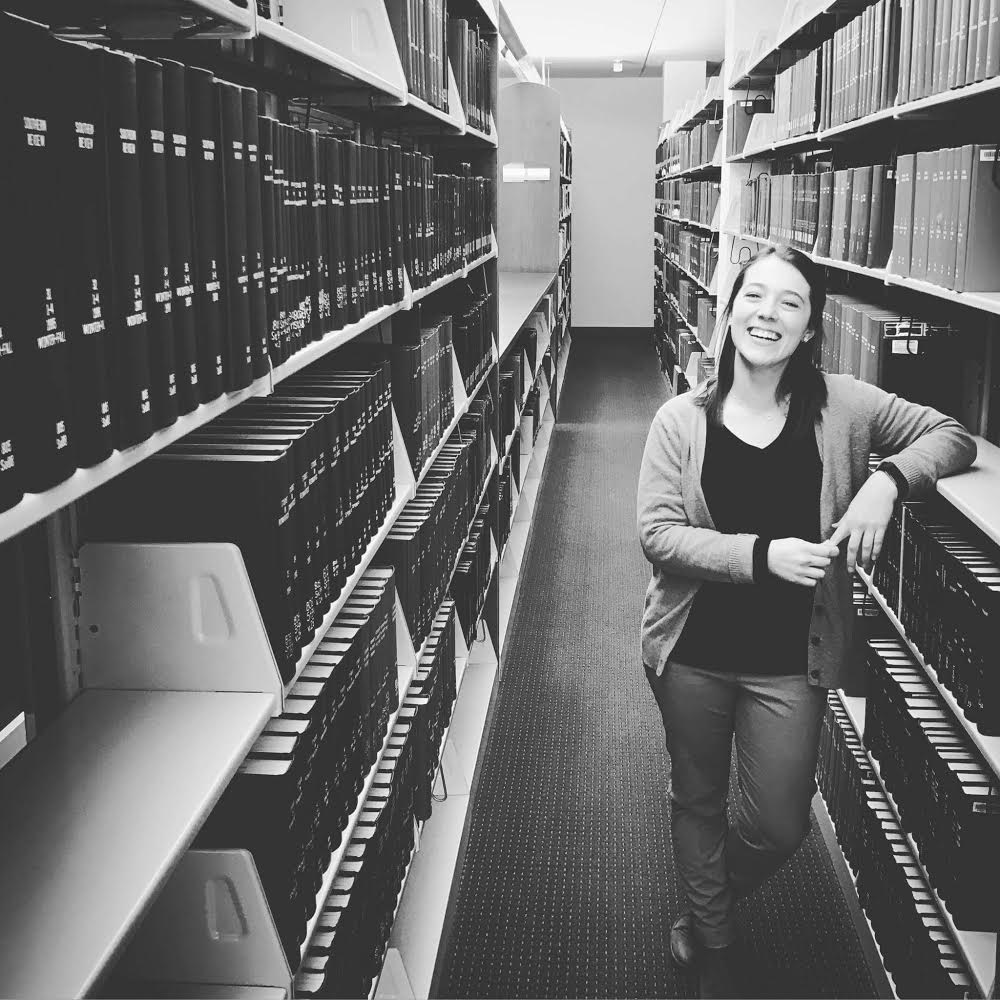
“We wanted to create a space in the libraries that represented student research and showed off their amazing work,” said Jen Saulnier Lange, online learning librarian. “As librarians, we often help undergraduate students navigate the research process and find sources, but we don’t always get to witness their finalized work.
“The Undergraduate Research Halls can be places that tie their research experience together, inspire other undergraduate students, and shine a spotlight on student voices in a building in which they often spend so much time,” she said.
Undergraduate research deepens student learning
Beverly Makhani, communications and marketing director for the WSU Division of Academic Engagement and Student Achievement, said SURCA is WSU’s only venue where students systemwide can publicly share their research, scholarship, and creative activity.
WSU undergraduates are an active part of university research endeavors. According to a National Survey of Student Engagement report, 21 percent of WSU seniors participated in research with faculty. In addition, the American Association of Colleges and Universities has identified undergraduate research as one of the high-impact practices known to deepen college students’ learning, Makhani said.
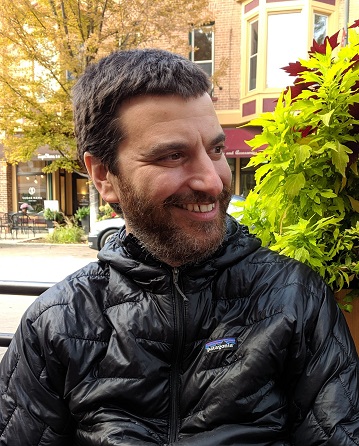
Last December, organizers from the WSU Libraries and OUR discussed how to promote undergraduate research in the libraries’ spaces and decided on establishing areas in Terrell and Owen as Undergraduate Research Halls for housing the SURCA posters.
“The WSU Libraries are always looking for opportunities to provide outreach, support our overall mission, and work with our campus partners,” said David Luftig, Owen science librarian. “Since many librarians were judges at SURCA, this seemed like a good avenue to pursue. We hope to demonstrate the quality research being done by the undergraduates at WSU while also demonstrating the WSU Libraries’ commitment to such research.”
The goal is to showcase the variety of research and mentored scholarship projects that WSU undergraduates have worked on and hopefully encourage more students to seek these types of opportunities to enhance their educational experience, said Jeremy Lessmann, OUR director.
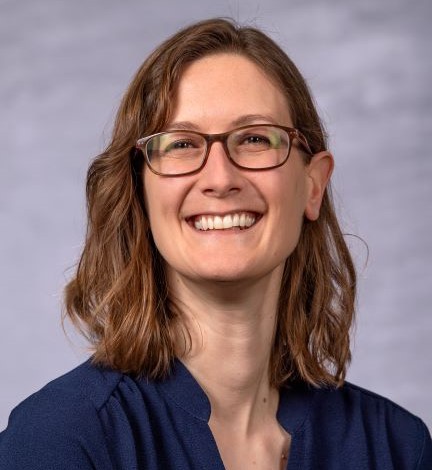
“We want visitors to see that students from every discipline, especially arts and humanities, can take part in these experiences,” he said. “We also want to eventually showcase work from all WSU campuses, since undergraduate research and mentored scholarship are systemwide.”
Humanities librarian Erin Hvizdak said she is happy to bring the posters into a more interdisciplinary, public space. “I’m hoping that they spark some curiosity and drive students to investigate further how they can pursue their own in-depth research and get it out into a more public sphere.”
“I love that the spaces celebrate undergraduates’ achievements and highlight work and opportunities that some students may not be aware of,” said Pam Martin, former undergraduate services librarian. “Libraries are known for having books, but libraries are also spaces for inspiration, discovery, and creation.”
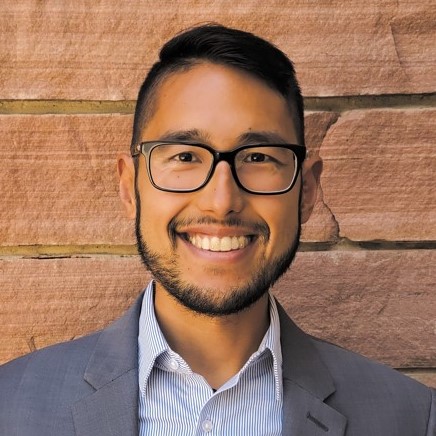
Alum Reyes said in nearly 10 years of doing climate research, communications, and policy, he is always learning new things—something that started at WSU. To other undergraduates who want to conduct research, he encourages them to remain curious, ask questions, and be open to the unexpected. What is least expected from a lab experiment, computer model simulation, or field campaign can offer the greatest insight into a research question and drive additional scientific discovery.
“Being curious, asking questions, and being open to new ideas are just some things instilled in me while doing research as an undergraduate at WSU,” he said.
The power of video in science communication
Willson took away several important lessons from creating her documentary, she said. She learned how to work on a larger project over a longer period than she could in a classroom setting. Undergraduate research also taught her how to advocate for and communicate her project.
“Video is an incredibly powerful tool for science communication,” Willson said. “First, there is the aspect of multiple forms of learning. Video mixes different types of visuals with different elements of audio, giving people multiple points and entries into this information.

“Along with that, when people visually see things, they are more likely to become emotionally connected,” she added. “These are the stories that will then stick with people, that they will share and talk about when topics like prescribed burns come up in local news. When you have a topic as visually interesting as fire among the largest trees on Earth, the impact of that statement is better understood by people when they see it.”
Willson said it’s hard to state how important undergraduate research is for students, especially those in creative fields. Graduating with a short documentary she made entirely herself has given her an advantage as a freelance video producer. Willson is also working on another short documentary.
“These are skills that are so important as you leave a traditional classroom environment and move out into the rest of the world,” she said. “My undergraduate research was one of the best parts of my college experience.”